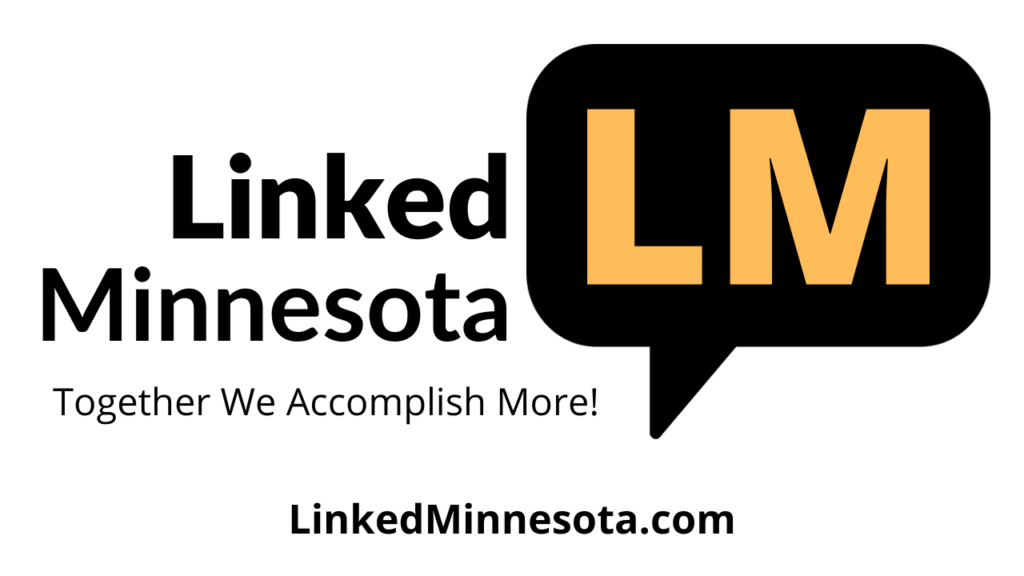In recent years, Web3, NFTs, and blockchain have become popular buzzwords in the tech world. But what do these terms mean, and how do they work together? In this post, we will explain the basics of Web3, NFTs, and blockchain and how they are transforming the way we interact with digital assets.
What is Web3?
Web3, also known as the decentralized web, is the next evolution of the internet. It is an internet that is decentralized and built on blockchain technology. Unlike the current internet, which is controlled by a handful of large corporations, Web3 is designed to be open, transparent, and secure.
Web3 is built on a new protocol called the blockchain, which allows for the creation of decentralized applications (Dapps). These Dapps run on a network of computers, known as nodes, which are distributed around the world. This means that there is no single point of control, making it almost impossible for anyone to manipulate or censor the network.
What are NFTs?
NFTs, or non-fungible tokens, are a type of digital asset that is stored on a blockchain. Unlike fungible tokens, like Bitcoin or Ethereum, which are interchangeable, each NFT is unique and can represent anything from digital art to virtual real estate.
NFTs are created using smart contracts, which are self-executing contracts that automatically enforce the rules and conditions written into them. Smart contracts allow NFTs to be bought, sold, and traded on a blockchain, just like any other asset.
NFTs have exploded in popularity in recent months, with some NFTs selling for millions of dollars. This is because NFTs allow for digital assets to be authenticated, verified, and owned in a way that was previously impossible. NFTs are also a way for artists, musicians, and other creators to monetize their work in a way that is fair, transparent, and secure.
What is blockchain?
Blockchain is a distributed ledger technology that underpins Web3 and NFTs. It is a decentralized and transparent database that records transactions and stores data. Each block in the blockchain contains a timestamp, a cryptographic hash of the previous block, and the transaction data.
Once a block is added to the blockchain, it cannot be altered or deleted. This means that the data on the blockchain is immutable and transparent, making it an ideal platform for storing and verifying digital assets.
How are Web3, NFTs, and blockchain transforming the internet?
Web3, NFTs, and blockchain are transforming the internet in several ways. First, they are enabling a new era of decentralization, where power and control are distributed among the network participants rather than concentrated in the hands of a few large corporations. This makes the internet more democratic, transparent, and secure.
Second, they are creating new economic models that are fair, transparent, and accessible to everyone. NFTs, for example, are enabling creators to monetize their work in a way that was previously impossible. By creating a new market for digital assets, NFTs are allowing artists, musicians, and other creators to reach new audiences and earn a fair price for their work.
Third, they are creating new opportunities for innovation and entrepreneurship. The decentralized nature of Web3 and blockchain means that anyone can create and launch a Dapp, without the need for a centralized platform or intermediaries. This is creating a new ecosystem of startups and entrepreneurs who are building the next generation of internet applications.
How to get started with Web3, NFTs, and blockchain?
If you are interested in getting started with Web3, NFTs, and blockchain, the BREATHE CONVENTION is a very good place to start.










